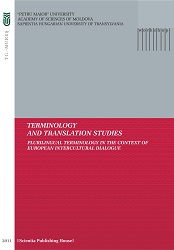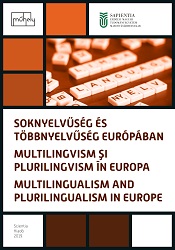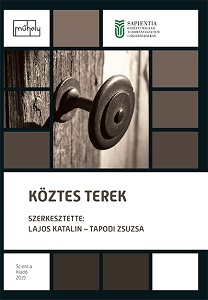Author(s): István Ladányi / Language(s): Hungarian
Publication Year: 0
The periodical as a communication space inherently comprises the collective presence of its own tradition and necessary revival as well as of the well-defined existing and the non-defined emergent, which means that, due to its periodic nature, it is characterized by the fact that it publishes new content under the same label in every issue. The periodical Új Symposion from Novi Sad indicates continuity in its name: maintaining dialogue. The neo-avant-garde textuality, the process of aesthetic, mental, and social risk-taking, the practice of constant transition across national cultural boundaries, and the need for participating in cultural practices going beyond minority culture manifest themselves also in the visual and textual dimensions of editing periodicals as well: in periodical-editing procedures which create a space defined by the signs of connection, passage, transition, and continuity within each issue and also in subsequent issues. Page-setting characteristics, the cooperation between the products of the fine arts and texts, the dominance of dialogic genres (essay, critique, periodical review, discussion article, commentary), the multitude of serial novels, the participation-inducing practice of cross-cultural journeys beyond literary translations, reviews, critiques and studies, the representation and provocative presence of the periodical’s spirituality in other spaces of publicity (journal shows, debates, performances, meetings, etc.) have all made the periodical a complex formation which goes beyond texts, individual issues, and the printed product.
More...



